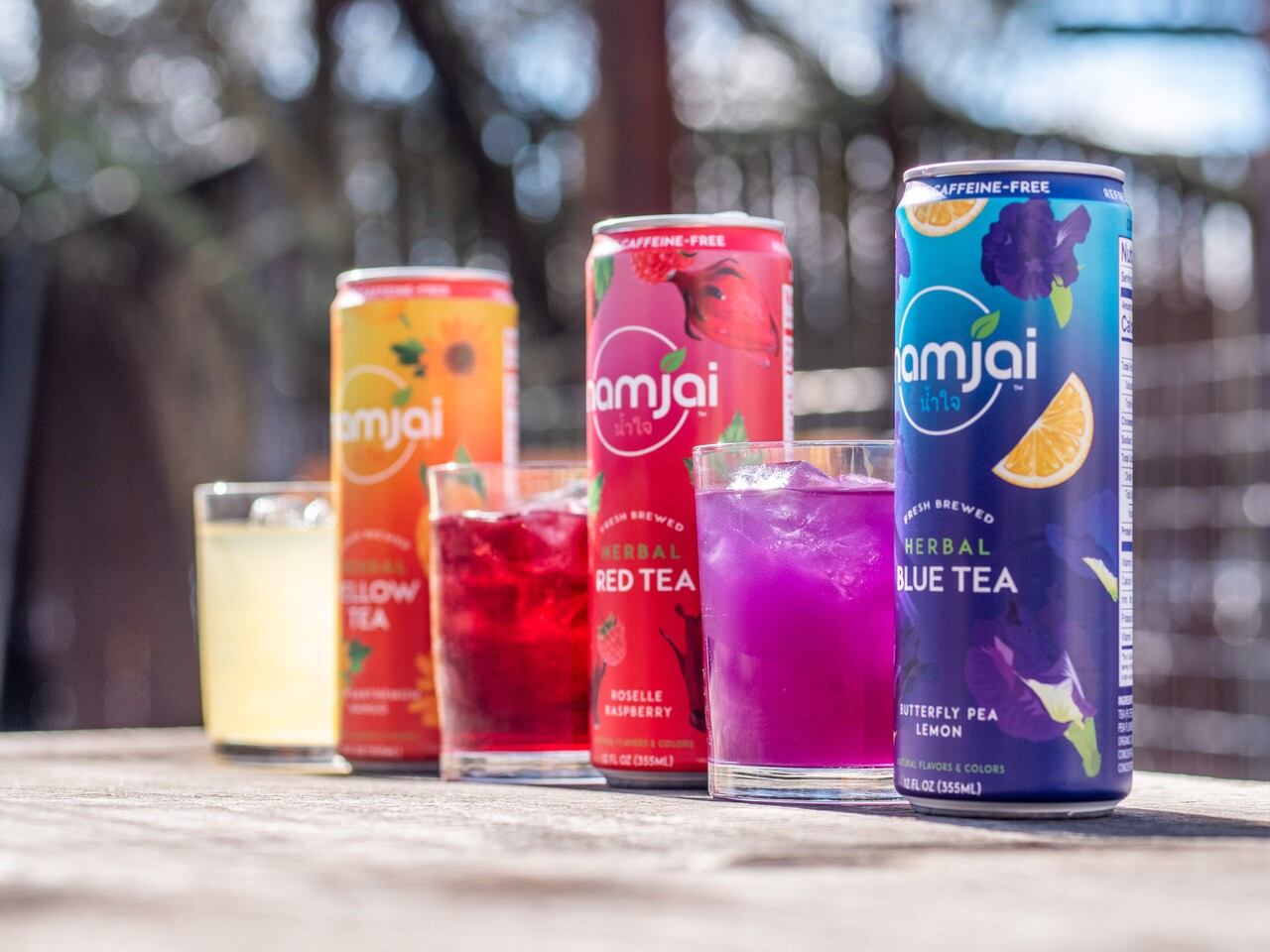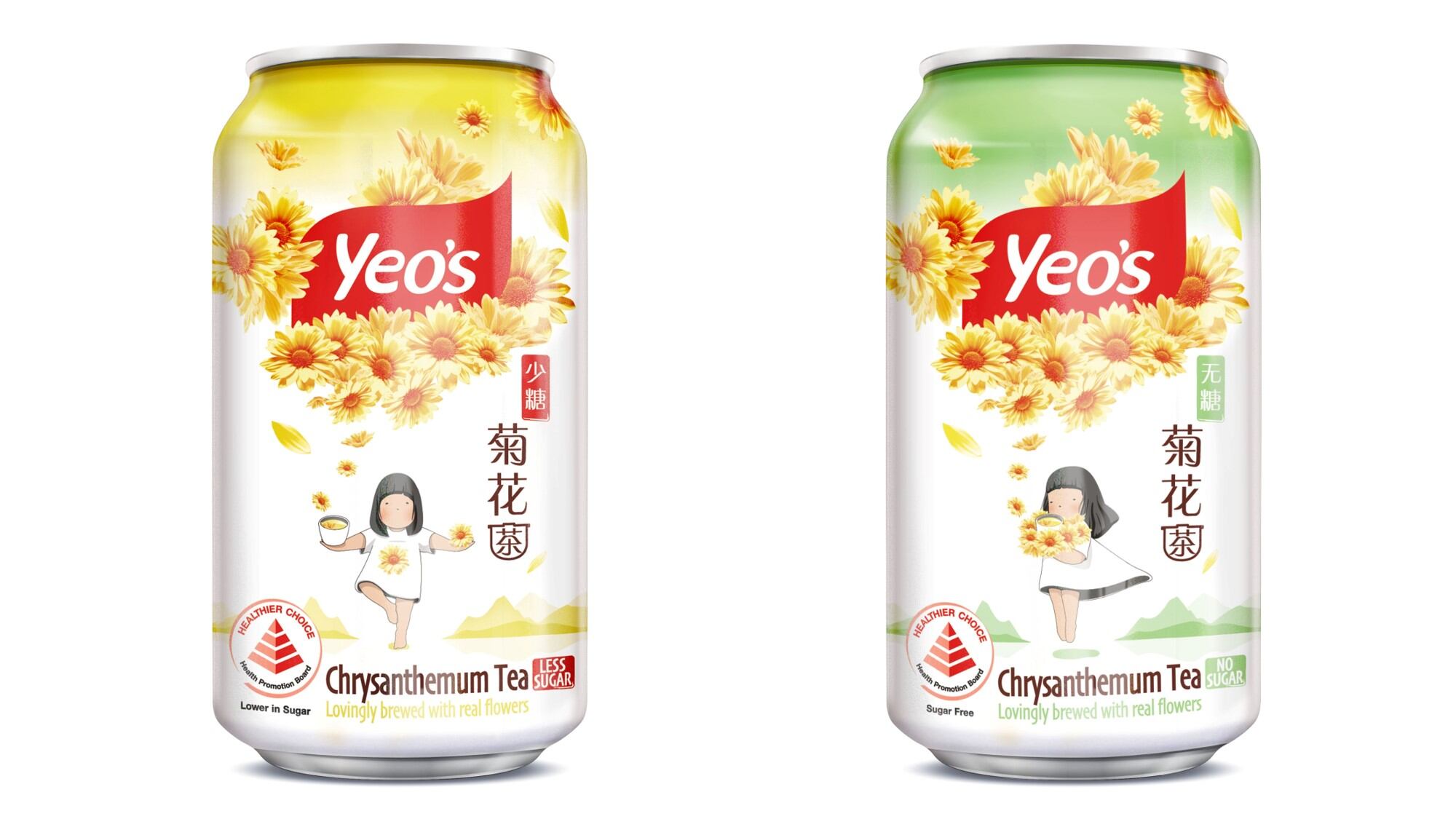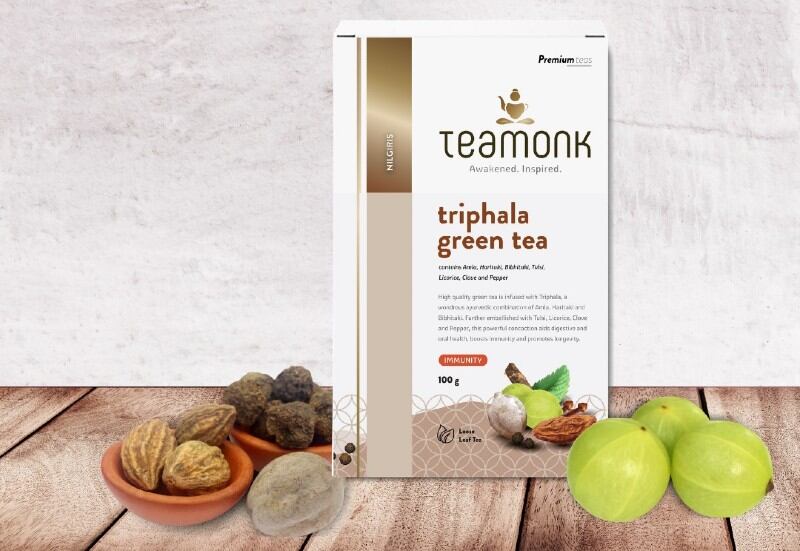All of Namjai’s teas are inspired by Thailand as the firm’s Co-Founders Chris Giblin and Rossukon Maliwan previously ran a hotel business in Phuket, Thailand, and the concept for the teas was based off of local welcome drinks used to greet guests upon arrival before being turned into a CPG business.
“For the CPG business now, our main target demographic is mainly younger consumers, Gen Z and millennials, as these are the people who are the most health conscious and also care about the environment, which is part of our ethos,” Giblin told FoodNavigator-Asia.
“It is why we made a conscious decision to make our herbal teas colourful, vibrant so as to attract consumer attention – we have three main products which are the Blue, Red and Yellow teas and all of these are naturally very brightly coloured.”
Namjai’s Herbal Blue Tea is made from butterfly pea flower and lemon, the Red Tea is roselle and raspberry, and the Yellow Tea is mango and chrysanthemum. All three teas are rich in antioxidants, vitamins, anthocyanins and contain zero caffeine.
“We sweeten with a blend of sugar, monkfruit extract and erythritol – all natural sweeteners – so all the teas are much lower calorie than most sugar-sweetened beverages, at just 50kcal per serving,” said Giblin.
“All the colours are natural too, and a big hit with consumers, especially the blue which is a big hit. The colours are so attractive that we initially wanted to go for a transparent, clear plastic bottle for them to show off the colours, but we quickly realised this would be a bad job sustainability-wise, then we tried to switch to glass but found this really expensive.
“So we’ve settled with cans for now, as these are still the most recyclable option out of the lot – the disadvantage is of course that these are not transparent and the natural colours can’t be seen via the cans, but it’s the most suitable option right now and we’ve done our best to bring the colours out on the cans too.”
Apart as just teas, Giblin said that the drinks are also commonly being used as mixers due to the bright colours, allowing for the creation of colourful cocktails or mocktails with no food colouring.
Namjai also aims to appeal to consumers via the convenience of herbal teas coming in a ready-to-drink format.
“The key here is that these teas are of course available to consumers by brewing the ingredients at home, but what we are offering is a more convenient option in an RTD format, readily brewed and sweetened without the calories or the caffeine and accessible to those looking for a healthier drink option without the hassle,” said Giblin.
“A lot of people know of the benefits of herbal teas, which are usually drank hot for ailments especially in Asia, and we’re just putting the benefits of these in a fun, healthy format. For very long, green iced teas and black iced teas have been [ruling the iced tea roost], and consumers are ready to try something new.”
Namjai is selling in major supermarkets for between US$1.99 and US$2.49 per can, and online on Amazon in 12-packs.
No easy process
At present, Namjai works with a copacker to produce its products, and Giblin highlighted that due to the nature of the teas being fresh brewed and all natural, they take a bit of a different tack to it.
“We procure our ingredients from butterfly pea flower and mango and so on and bring these to be mixed and canned, but we work on a lot of balancing – it’s a pretty complicated process to measure the pH values and adjust ascorbic acid values and so on, especially for shelf life and taste,” he said.
“There’s also an added thought process in play for the butterfly pea flower one, as different pH levels tend to affect the colour and we want it to be that nice bright hue that consumers are so fond of – too much lemon will increase acidity and change the colour to be more purple or vice versa, so this has to be adjusted too.”
Moving forward, Giblin added that the brand plans to become more involved in philantrophy and social causes especially in Thailand, in hopes of living up to the Namjai name.
“Namjai in Thai literally means ‘be kind’, and we want to live up to that and to have a social cause,” he said.
“We’re growing slowly, and as we go along we’ll certainly be listening more to consumer feedback, anything from lower calories to less sweet – we will accommodate depending on what consumers want.”




